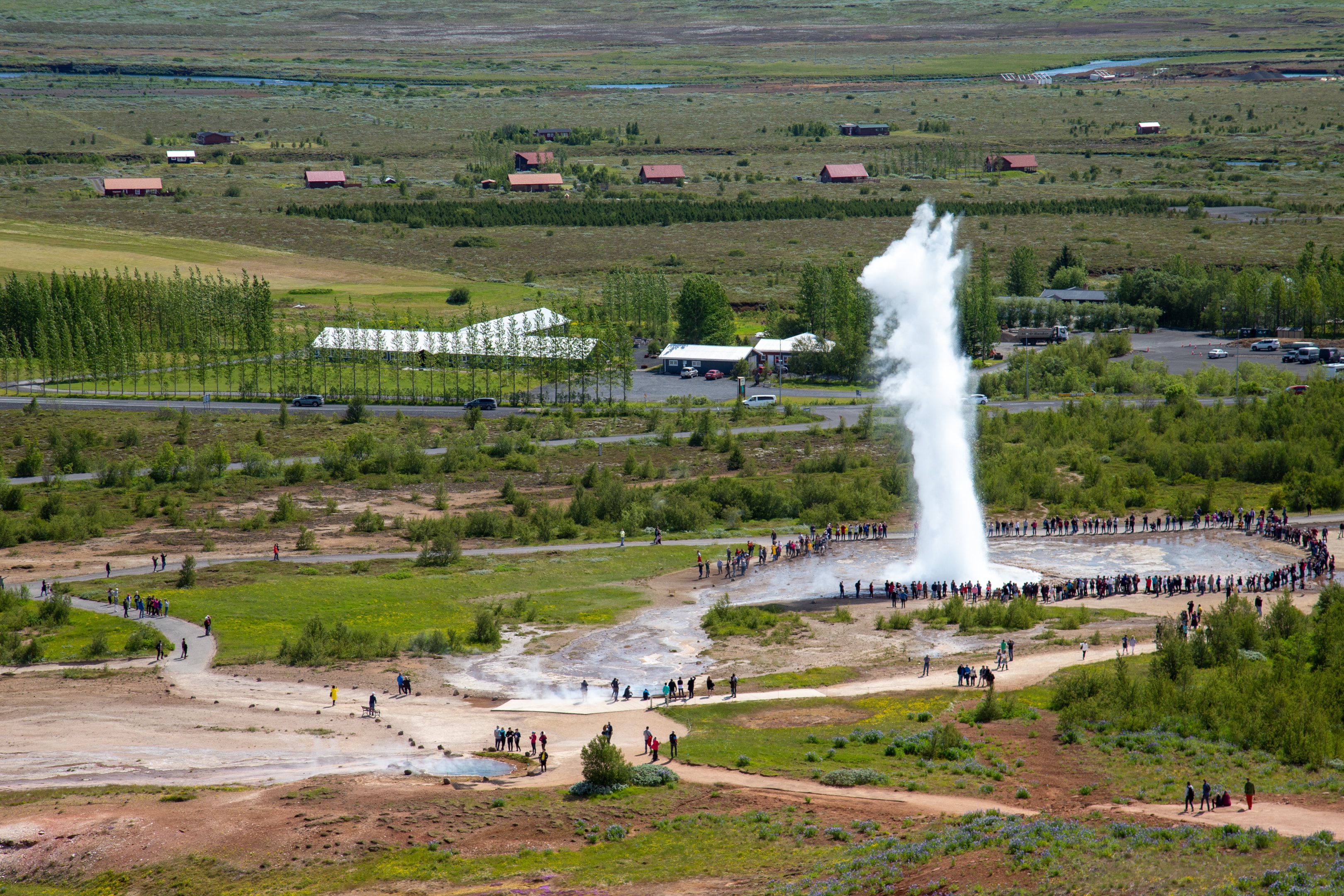I. Introduction
Unveiling the Natural Wonder: The Enigmatic Northern Lights
The Northern Lights, also known as the Aurora Borealis, rank among the most mesmerizing and captivating natural phenomena on Earth. This celestial dance of lights has captivated the imaginations of people across cultures and generations, sparking countless myths and legends. In this article, we delve into the mystery behind the Northern Lights, unraveling the scientific marvel that paints the night sky with an ethereal display of colors.
The Magic of Iceland: A Premier Destination for Northern Lights Viewing

While the Northern Lights can be seen in various locations around the Arctic Circle, Iceland emerges as a premier destination for witnessing this awe-inspiring spectacle. The island nation, with its stunning landscapes and dark, pristine skies, provides an ideal canvas for the vivid lights to paint their celestial strokes. As we explore the best time and places to see the Northern Lights, we will uncover why Iceland stands as a top choice for aurora enthusiasts and adventurers alike.
II. Understanding the Northern Lights

The Science behind the Aurora Borealis: Solar Particles and Earth's Magnetic Field
The awe-inspiring Northern Lights hunt are the result of an intricate cosmic ballet between solar particles and the Earth's magnetic field. It all begins with our nearest star, the sun, which periodically releases bursts of charged particles during solar flares and coronal mass ejections. These charged particles, primarily electrons and protons, form the solar wind, a continuous stream flowing into space.
As the solar wind travels through the vastness of space, it eventually encounters the Earth's magnetic field. Our planet's magnetic field extends far into space, creating a protective shield called the magnetosphere. When the solar wind reaches the magnetosphere, the charged particles are deflected and channeled towards the Earth's polar regions.
The Spectrum of Colors: Atmospheric Gas Excitement and Luminous Displays
As the charged particles from the solar wind make their way towards Earth's poles, they interact with the gases present in the Earth's upper atmosphere. The most common gases involved in these collisions are oxygen and nitrogen. When the charged particles collide with these atmospheric gases, they transfer energy to them.

The energy exchange causes the gas molecules to become excited and move to higher energy states. However, these excited molecules are inherently unstable and eventually return to their original, lower energy states. As they do so, they release the excess energy in the form of light.
The colors of the Northern Lights are a reflection of the types of gas molecules involved in the collisions and their altitudes in the atmosphere. Oxygen molecules at higher altitudes emit green and red light, while nitrogen molecules emit purples, pinks, and blues. The combination of these luminous hues produces the breathtaking spectrum of colors that adorn the night sky during an auroral display.
Intricately linked to the science of solar particle interactions and atmospheric gas excitement, the Northern Lights illuminate the heavens with their radiant display, leaving observers in awe of the cosmic forces that shape this ethereal phenomenon.
III. Timing is Everything: The Best Time to Witness the Northern Lights

The Ideal Seasons: Optimal Months for Auroral Displays
Experiencing the breathtaking dance of the Northern Lights hinges on the right timing. While they can be observed in the Arctic regions throughout the year, certain months offer a higher likelihood of witnessing this celestial spectacle. The ideal time to plan your aurora adventure falls within the four winter solstice months, from September to April.
During this period, the nights are longest, providing ample darkness for the Northern Lights to shine brightly in the night sky. Additionally, winter's colder temperatures often result in clearer skies, reducing the likelihood of cloud cover obstructing the view. However, it's essential to avoid the peak winter months of December and January, as these months typically bring harsh weather conditions, including extreme cold and prolonged darkness, which might limit visibility.
The Equinox Effect: Enhanced Opportunities during Spring and Fall

Another opportune time to witness the Northern Lights is around the equinoxes, which occur in March and September. During these times, the Earth's position in its orbit relative to the sun creates an increased potential for geomagnetic and solar activity together, leading to stronger and more frequent auroral displays.
Around the equinoxes, the Earth's magnetic field is more susceptible to disturbances from the solar wind, resulting in enhanced aurora activity. As the solar wind interacts with the Earth's magnetosphere, the charged particles are more likely to be channeled towards the polar regions, increasing the chances of witnessing the Northern Lights.
By aligning your aurora-hunting adventure with the ideal seasons and taking advantage of the equinox effect, you can significantly enhance your opportunities to witness the captivating dance of the Northern Lights. Planning your journey during these optimal times will increase the likelihood of experiencing this magical phenomenon in its full glory, leaving you with memories to cherish for a lifetime.
IV. Chasing the Aurora in Iceland: Prime Locations for Northern Lights Viewing

Icelandic Charm: Why Iceland is a Top Choice for Aurora Enthusiasts
Iceland, the land of fire and ice, captivates travelers with its otherworldly landscapes and an abundance of natural wonders. Among its many attractions, witnessing the Northern Lights stands as one of the most alluring experiences for visitors. Several factors make Iceland a top choice for aurora enthusiasts:
Best Places to See the Northern Lights in Iceland

- The Countryside and Remote Areas: Escaping Light Pollution
In the Icelandic countryside and remote areas, the absence of artificial lights allows the Northern Lights to shine with unrivaled brilliance. Travelers who venture away from city centers are rewarded with unobstructed views of the auroras and an immersive experience in Iceland's wild and untamed landscapes.
- Thingvellir National Park: A Historic and Natural Marvel
A UNESCO World Heritage Site, Thingvellir National Park not only holds historical significance as the site of Iceland's first parliament but also offers an exceptional location for Northern Lights viewing. The vast open spaces and geological wonders create a picturesque backdrop for the dancing lights.
- The Snæfellsnes Peninsula: A Tapestry of Landscapes and Lights
The Snæfellsnes Peninsula is a hidden gem that showcases the diverse landscapes of Iceland, from rugged coastlines black sand beaches to majestic mountains. This scenic region provides an ideal spot for Northern Lights enthusiasts seeking tranquility and natural beauty.
- Jökulsárlón Glacier Lagoon: Witnessing the Aurora Reflected in Nature's Mirrors
Jökulsárlón Glacier Lagoon, with its floating icebergs and crystal-clear waters, offers a surreal setting for experiencing the Northern Lights. As the lights dance above, they create a stunning reflection on the blue lagoon below's surface, immersing observers in a magical interplay of lights and natural mirrors.
For those embarking on a Northern Lights adventure, Iceland beckons with its captivating charm and extraordinary landscapes. Whether in the remote countryside, the historic Thingvellir National Park, the picturesque Snæfellsnes Peninsula, or the breathtaking Jökulsárlón Glacier Lagoon, Iceland promises an unforgettable journey under the dancing lights of the Aurora Borealis.
V. Embracing the Magic: Tips for a Memorable Northern Lights Experience
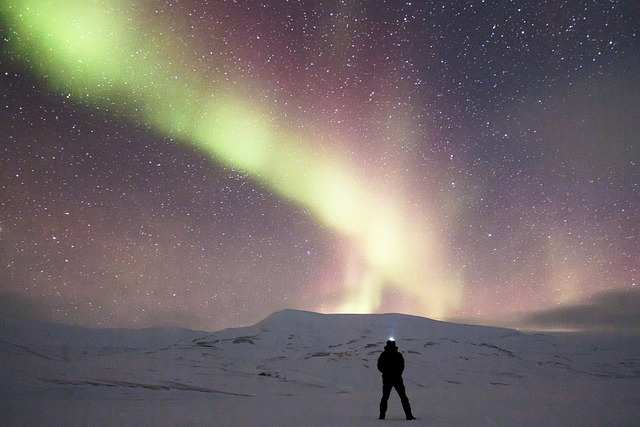
Seeking Clear Skies: Weather Conditions and Cloud Cover
One of the most critical factors for a successful Northern Lights experience is clear skies. Cloud cover can obstruct the view and diminish the visibility of the auroras. To maximize your chances of witnessing the magical display, keep a close eye on weather forecasts before embarking on your adventure.
Choose nights with minimal cloud cover and opt for locations that typically have clearer skies during the season you're visiting. Though weather predictions are never entirely foolproof, planning your trip during periods with lower chances of cloud cover can significantly increase your opportunities for an uninterrupted view of the Northern Lights.
Going Dark: Avoiding Light Pollution for Optimal Viewing
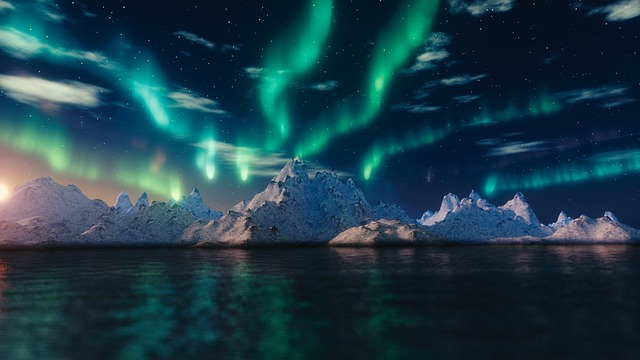
Light pollution from artificial sources, such as streetlights and buildings, can diminish the visibility of the Northern Lights. To fully embrace the magic of the northern lights hunting other auroras, seek out locations away from city lights and urban areas.
Head to the North Iceland countryside or remote spots with little to no light pollution. Not only will you have a clearer view of the lights, but you'll also be treated to an immersive experience of Iceland's natural beauty under dark, star-studded skies.
Capturing the Lights: Photography Tips for Immortalizing the Experience

Preserving the beauty of the Northern Lights through photography allows you to relive the magic long after the lights have faded. Here are some photography tips to help you capture this extraordinary phenomenon:
Remember, witnessing the Northern Lights is a truly magical experience, and capturing them through photography is an art in itself. Enjoy the moment and allow yourself to be fully present in this celestial spectacle while also documenting the beauty of the Aurora Borealis through your lens.
With clear skies, minimal light pollution, and photography skills at the ready, you're well-equipped to embrace the magic of the Northern Lights tours and create memories that will stay with you for a lifetime.
VI. Beyond Iceland: Other Spectacular Places to Witness the Northern Lights

Norway: Northern Delights in Tromsø and the Lofoten Islands
Iceland may be a prime destination for Northern Lights enthusiasts, but the mesmerizing auroras also grace the skies of Norway, enchanting travelers in captivating ways. Two of the most sought-after locations for Northern Lights viewing in Norway are Tromsø and the Lofoten Islands.
Sweden and Finland: Lapland's Arctic Charm and Aurora Adventures

The Arctic region of Lapland, shared by Sweden and Finland, provides an Arctic wonderland for aurora seekers. In this winter wonderland, visitors can immerse themselves in an array of Arctic activities while awaiting the appearance of the dancing lights.
While Iceland offers a captivating Northern Lights experience, exploring other Arctic regions like Norway, Sweden, and Finland unveils a diverse range of landscapes and cultural experiences under the mesmerizing glow of the Aurora Borealis. Whether you find yourself enchanted by the Arctic charm of Tromsø, the ethereal beauty of the Lofoten Islands, or the Santa-filled magic of Rovaniemi, each destination promises an unforgettable encounter with nature's celestial masterpiece.
VII. Conclusion
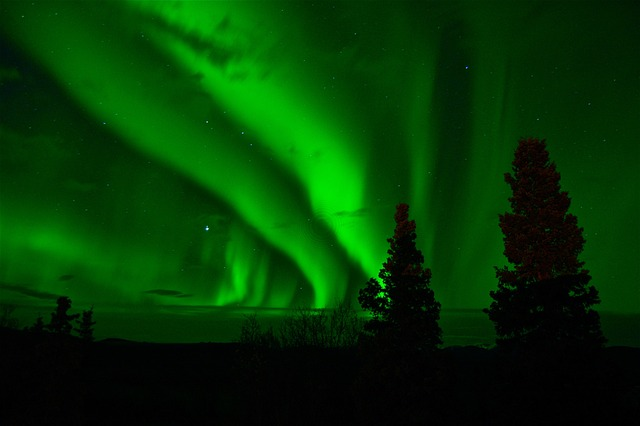
A Celestial Quest: Embracing the Enchantment of the Northern Lights
The Northern Lights, a celestial quest that has lured explorers, scientists, and dreamers for centuries, continue to captivate the hearts of those who bear witness to their ethereal beauty. From the scientific wonders of solar particle interactions to the kaleidoscope of colors born from atmospheric gas excitement, the Aurora Borealis stands as a testament to the cosmic marvels that grace our world.
The Beauty of the Aurora Borealis: A Natural Wonder to Treasure
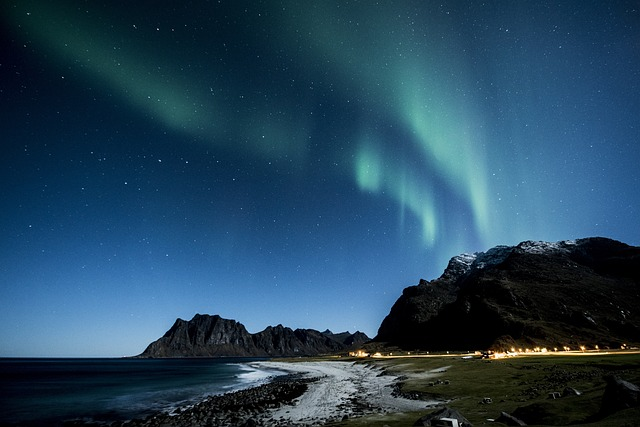
As we immerse ourselves in the enchanting dance of the Northern Lights, we are reminded of the innate beauty and grandeur of our planet. Nature's light show, painting the night skies with vibrant hues, evokes a sense of awe and reverence for the wonders that exist beyond our everyday lives. The Northern Lights' mesmerizing displays are a reminder of the intricate connections between the Earth, the sun, and the vast cosmos that envelops us.
Plan Your Journey: Making the Most of Your Northern Lights Experience
For those eager to embark on a journey to witness the Northern Lights, Iceland, Norway, Sweden, and Finland offer a collection of unforgettable destinations. Each location presents unique landscapes, cultural experiences, and aurora encounters that weave a tapestry of wonder and adventure.
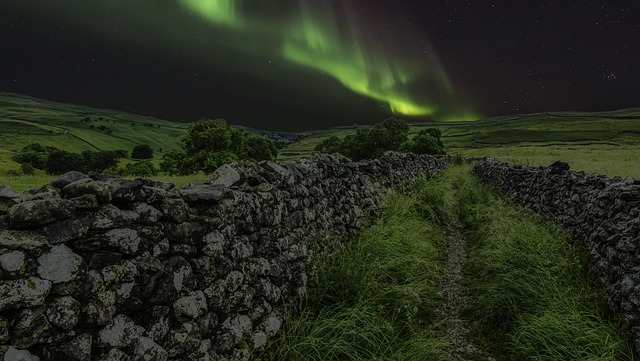
To maximize your Northern Lights tour experience, plan your trip during the ideal seasons and aim for nights with clear skies to optimize visibility. Escape light pollution by venturing into remote areas, and consider exploring other Arctic regions for diverse encounters with the dancing lights.
As you embrace the magic of the Aurora Borealis, remember to be present in the moment, absorbing the beauty and mystery of this celestial phenomenon. Capture the memories through photography but also cherish the experience through your own eyes and heart. The Northern Lights' fleeting presence serves as a poignant reminder to treasure the wonders of our world and to embrace the moments of enchantment that nature so graciously offers.
In the realm of the Northern Lights, our quest to witness this celestial marvel becomes a journey of self-discovery, fostering a deeper connection with nature and the cosmos. As you venture into the Arctic realms, let the allure of the Northern Lights guide you on an extraordinary path of wonder, inspiration, and lifelong memories.
Choosing GCDT for an Extraordinary Journey
For those embarking on a quest to witness the Northern Lights, Golden Circle Day Tours (GCDT) offers a gateway to an extraordinary journey of discovery. With their expertise, passion, and commitment to providing exceptional experiences, GCDT promises to make the dream of witnessing the Aurora Borealis a reality.




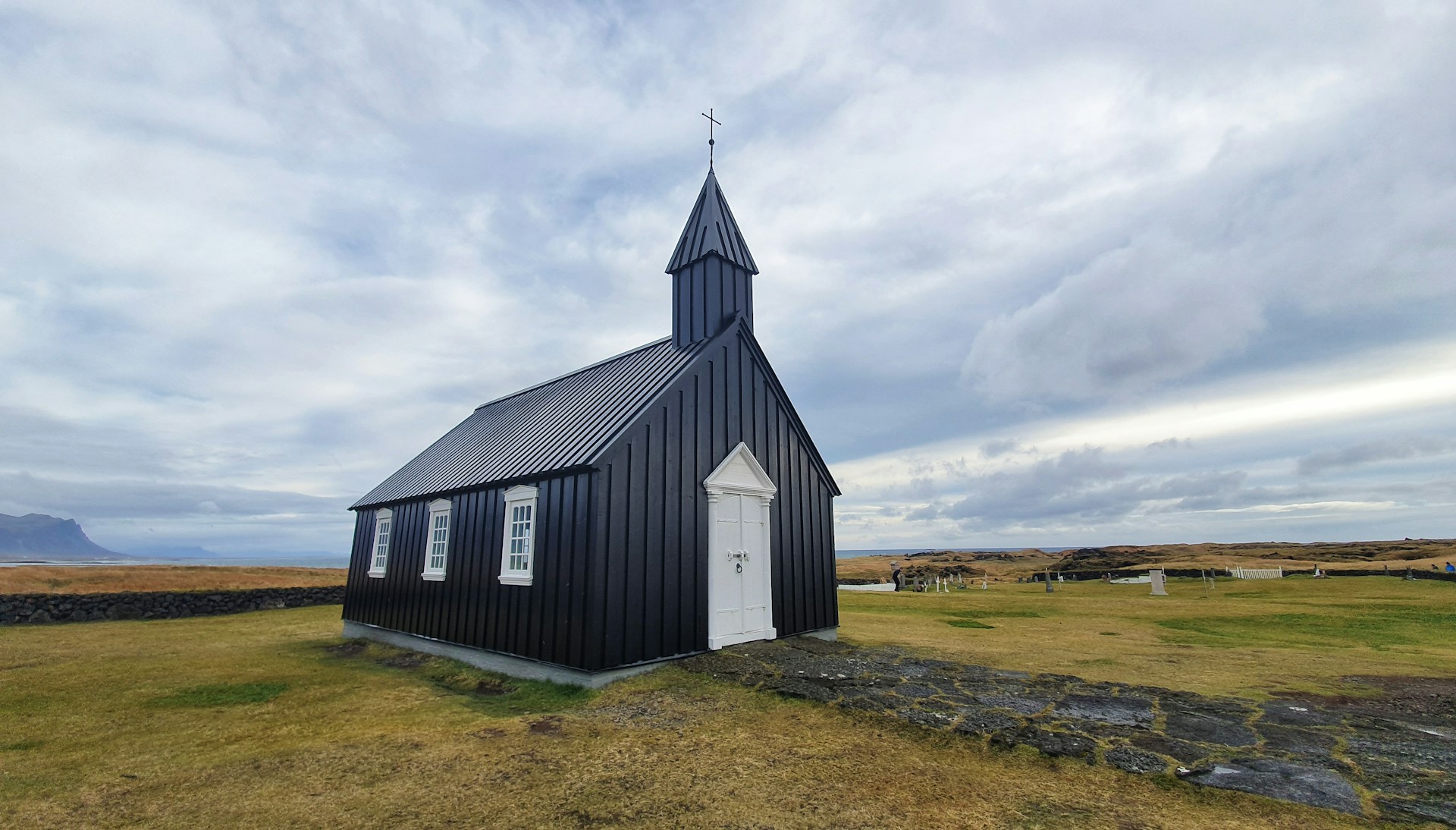
.webp)
